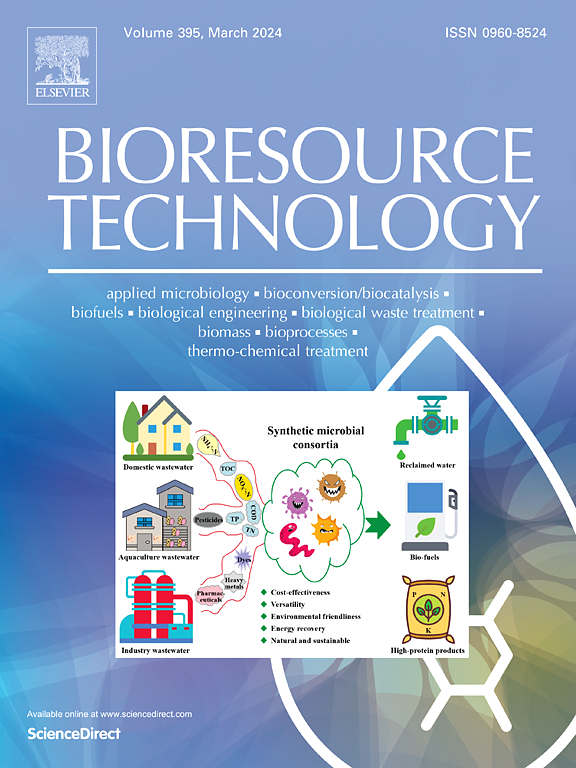Hydrazine promoted nitrite reduction in partial-denitrification by enhancing organic-substrate uptake and electron transport
IF 9
1区 环境科学与生态学
Q1 AGRICULTURAL ENGINEERING
引用次数: 0
Abstract
Partial denitrification coupled with anammox is a promising approach for sustainable nitrogen removal from wastewater. However, this coupling can be influenced by hydrazine (N2H4) released by anammox bacteria. This study aimed to reveal how N2H4 regulates partial denitrification. Short-term batch experiments showed that 0.5 to 10 mg N/L of N2H4 promoted nitrite (NO2−) accumulation, likely by inhibiting the electron transfer from cyt c to nitrite reductase. However, long-term exposure to N2H4 (0.5 and 1 mg N/L) shifted the microbial community and increased NO2− reduction. This exposure enriched the genera OLB8, Thauera, and f_Rhodocyclaceae, and increased the abundance of genes involved in EPS formation, substrate transport and electron transport. The long-term outcome was more NO2− reduction to N2 and more substrate (COD) oxidation. While N2H4 benefits NO2− accumulation in short-term, the mechanism is not sustainable, highlighting the importance of minimizing N2H4 release for successful in such coupled nitrogen removal systems.

在部分反硝化过程中,肼通过增强有机底物的吸收和电子传递来促进亚硝酸盐的还原
部分反硝化与 Anammox 相结合是一种很有前景的可持续废水脱氮方法。然而,这种耦合会受到氨氧化细菌释放的肼(N2H4)的影响。本研究旨在揭示 N2H4 如何调节部分反硝化作用。短期分批实验表明,0.5 至 10 毫克 N/L 的 N2H4 可促进亚硝酸盐(NO2-)的积累,这可能是通过抑制细胞 c 到亚硝酸盐还原酶的电子传递实现的。然而,长期接触 N2H4(0.5 和 1 毫克 N/L)会改变微生物群落,增加 NO2- 的还原。这种暴露富集了 OLB8 属、Thauera 属和 f_Rhodocyclaceae 属,并增加了参与 EPS 形成、底物运输和电子运输的基因的丰度。长期结果是更多的 NO2- 还原成 N2,更多的底物(COD)被氧化。虽然 N2H4 在短期内有利于 NO2-的积累,但这一机制并不持久,这突出了尽量减少 N2H4 释放对此类耦合脱氮系统取得成功的重要性。
本文章由计算机程序翻译,如有差异,请以英文原文为准。
求助全文
约1分钟内获得全文
求助全文
来源期刊

Bioresource Technology
工程技术-能源与燃料
CiteScore
20.80
自引率
19.30%
发文量
2013
审稿时长
12 days
期刊介绍:
Bioresource Technology publishes original articles, review articles, case studies, and short communications covering the fundamentals, applications, and management of bioresource technology. The journal seeks to advance and disseminate knowledge across various areas related to biomass, biological waste treatment, bioenergy, biotransformations, bioresource systems analysis, and associated conversion or production technologies.
Topics include:
• Biofuels: liquid and gaseous biofuels production, modeling and economics
• Bioprocesses and bioproducts: biocatalysis and fermentations
• Biomass and feedstocks utilization: bioconversion of agro-industrial residues
• Environmental protection: biological waste treatment
• Thermochemical conversion of biomass: combustion, pyrolysis, gasification, catalysis.
 求助内容:
求助内容: 应助结果提醒方式:
应助结果提醒方式:


